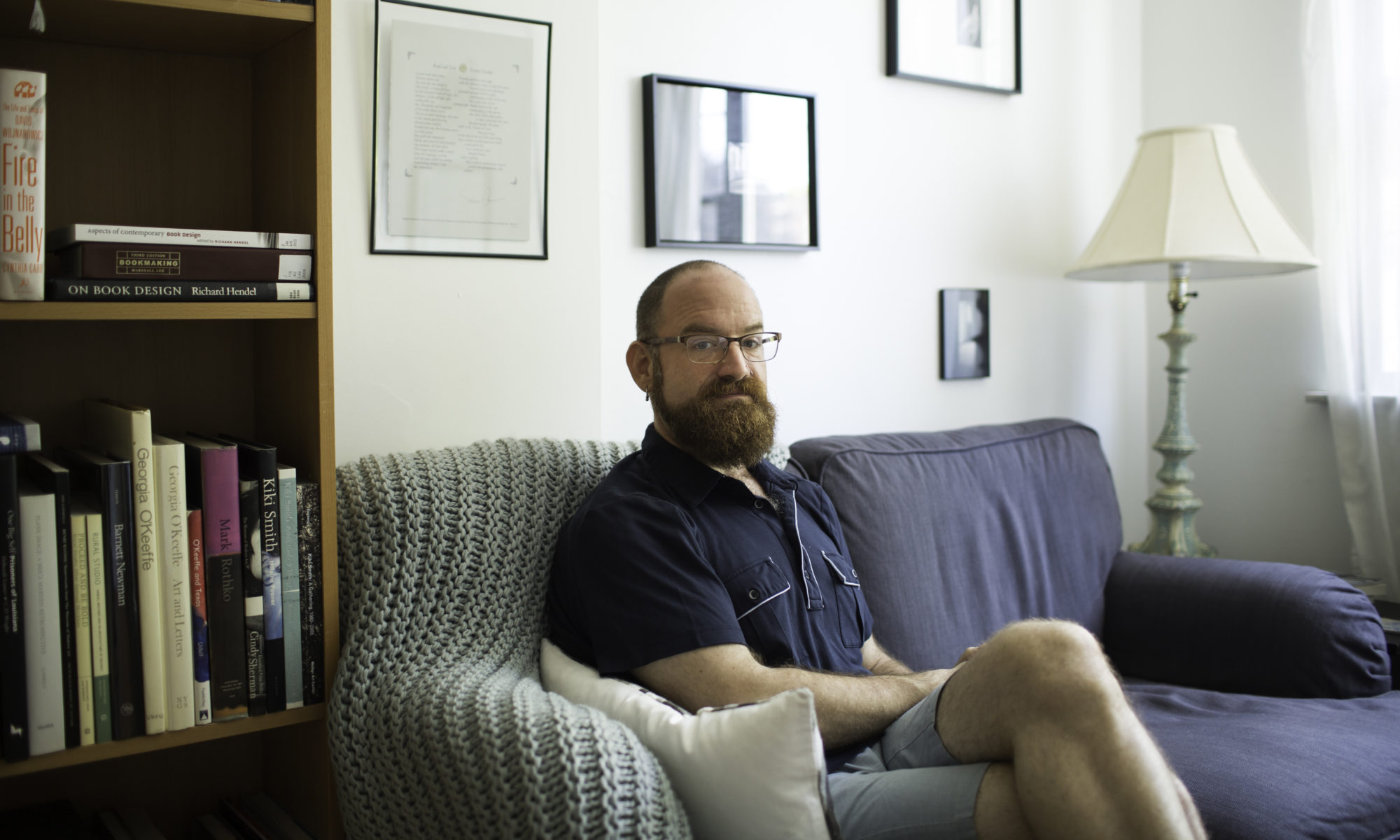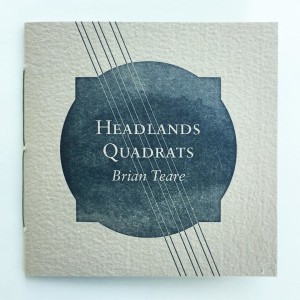(DoubleCross Press, 2018)
I N P R I N T. Covers designed by Jeff Peterson. Printed and bound by MC Hyland, Jeff Peterson, and Anna Gurton-Wachter in an edition of 200. Type is Sabon; papers are St. Armand Colors Caribou, Lokta Nutmeg, and French Speckletone Old Green. Order it here for $10.
About the Book: The quadrat is a unit of measurement used in ecological studies of botanical species. It is a square (made of a durable material) placed over a site to aid in the controlled collection of data. Within the square, species are counted, rain is measured, temperatures are taken, and variations are often tracked over weeks, months, and years. Its inventor, the botanical ecologist Frederic Clements, first advocated for its usage in his 1905 textbook, Research Methods in Ecology, describing it as “merely a square area of varying size marked off in a formation for the purpose of obtaining accurate information.” But as the critic Joshua Schuster notes in his 2015 study The Ecology of Modernism, the quadrat eradicated the values with which Romanticism had laden nature. With the quadrat, “anything could be ecological, and ecological change was an open-ended process without a script that favored morally freighted outcomes.” It is Schuster who suggests that, “The poem, like the quadrat, can be seen as a kind of land art or conceptual art.” Teare takes Schuster’s vision of the poem and applies it to the biomes on and around the Headlands Center for the Arts, which is housed in Fort Barry, a Modernist-era military complex that was decommissioned in the decade after WWII and incorporated into national parkland in 1972.

